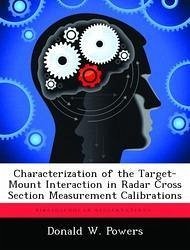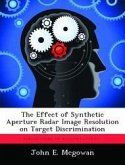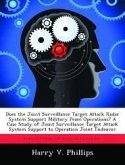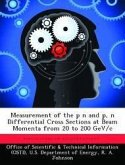Radar Cross Section (RCS) measurements are quintessential in understanding target scattering phenomenon. The reduced RCS of modern weapons systems stresses the capability of current RCS measurement ranges. A limiting factor that has recently become more significant is the electromagnetic coupling between a test target and the mounting hardware used to support it and control its orientation during the RCS measurement. Equally important is the electromagnetic coupling between the RCS calibration artifact and its mount, which provides an opportunity to explore the coupling phenomena without delving into operationally sensitive areas. The primary research goal was to characterize the interaction between a calibration artifact and its mounting apparatus when measuring the RCS of the calibration artifact as part of a larger RCS measurement process. Standard methods, such as vector background subtraction, do not account for this interaction. By understanding the interaction term, a more accurate measurement of target RCS may be obtained. Through careful characterization of the interaction, an additional term can be included in the vector background subtraction equation to reduce the level of uncertainty.








